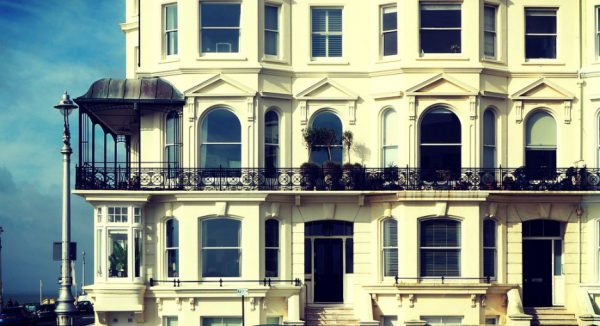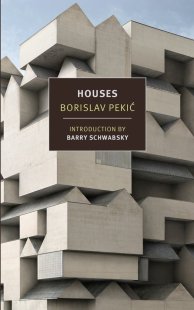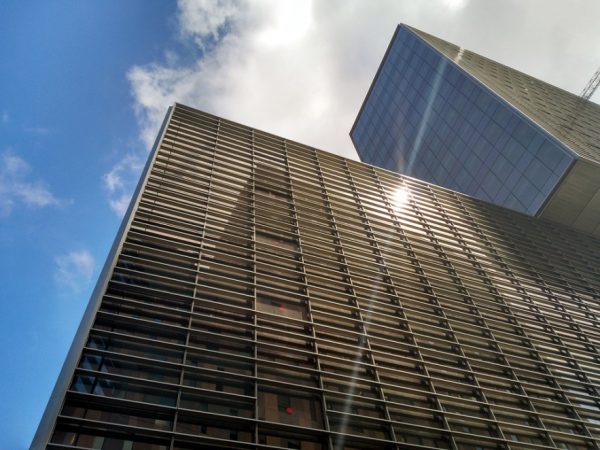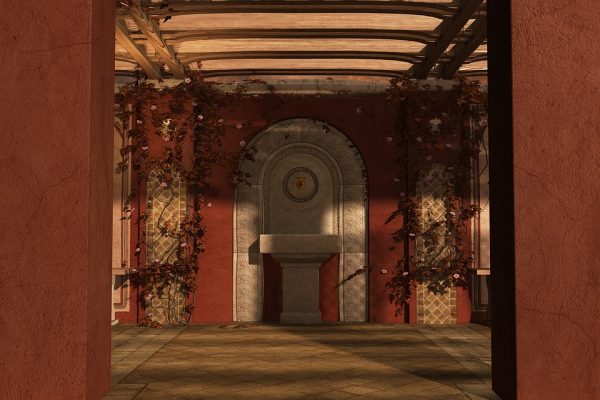

New York Review Books (https://www.nyrb.com/collections/classics) is one of my favourite publishers. NYRB editions cover the best in world literature and are known for their superlative translations, expert introductions and attractive covers. I have read quite a few books from this lot, both fiction and non-fiction. One that stands out is a novel titled Houses (1970) by Yugoslavian author Borislav Pekić.
Born in Montenegro in 1930, Pekić was educated in Belgrade and went to jail in his youth for involvement in political causes. The success of Houses enabled him to migrate to the UK, where he died of lung cancer in 1992. He did, however, keep visiting Serbia after the collapse of Communism, and helped form the Serbian Democratic Party.
Houses will appeal to anyone interested in architecture, fantasy and modernity with all its ideologies. It is the story of architect Arsénie Negovan, who at 77, is trying to write a will on what might be his last day on earth. He has spent the first half of his life building houses in Belgrade, giving them endearing female names—Simonida, Eugenie, Christina, Emilia, Serafina, Katarina, Agatha, Anastasia, Daphne, Xenia, Eudoxia. Post-World War II and the Nazi Occupation, he has imprisoned himself in one of his buildings, and looks at the rapidly modernising city through a pair of binoculars. He is utterly frustrated with the newer trends of aesthetics and real estate as they do not align with his beloved personal ideals and tastes.

Arsénie loathes the fact that buildings have turned abstract, lost personality and vitality. They are now featureless, expressionless, homogeneous, purely functional cardboard boxes of concrete, glass and steel, like a sad and ugly group of prisoners devoid of individuality. Together they make up an unsightly omni-body. What’s more, the property owner is now a gambler rushing madly for easy profits, addicted to the stock exchange, decidedly a disciple of Mammon.
Arsénie’s philosophy is one of Possession. He maintains that the relationship between house and landlord must be a mystic marriage, and the roles of the possessor and the possessed are reversible.
As I read this brilliant but complicated book further, there were two paragraphs that really made me pause and think. In Arsénie’s houses, he writes:
too much expensive space was used up for no purpose at all. If the furniture that encumbered them were removed, they would look like the empty caverns of the Pharaoh’s tombs. Their ceilings were excessively high, like domes above a church nave…and their disposition was irrational, vainly wasting expensive space on entrances, hallways, corridors, verandas, terraces, and balconies, turning the house into an impassable labyrinth dear only to the hearts of children.
And then, the building materials: the finest stone, the hardest wood, the best plaster, the most durable paint. Marble from Venčac–sometimes even from Carrara! Porcelain, mahogany lamps, plaster rosettes, ceramic floors, wallpaper made in Prague! Finally, all those decorative and expensive eaves, loggias, oval niches in which we placed impressive standing figures, and the charming alcoves, chains, balustrade, candelabra, bas-reliefs with mythological scenes, and ornaments–all that stone flora and fauna which at my insistence blossomed from the facades of my houses.

I could totally relate to the character’s dislike of strictly utilitarian constructions and his yearning for ornamentation. In our world, increasingly now, we see tasteless skyscraper after skyscraper being erected, wherein everything is neat and ordered but their atmospheres tend to be cold, almost brutal. So many new cities have public spaces that give off an air of sterility, even deadness. If we want to see and experience true and long-lasting beauty, it requires travel…to cities like Rome or Paris or London (at least its older, as yet unpolluted parts).
The modern mindset is very much about immediate gratification and it builds things that can be of instant use to it, after which, it easily discards or abandons or annihilates them. It finds it difficult to comprehend the logic behind objects or structures the value of whose being/purpose cannot be measured in instant, tangible terms…that’s why those charming niches, loggia and corridors seem silly and futile to it, dismissed as unnecessary extravagance or avoidable wastefulness.
But I have always felt that by suppressing our capacity for conceiving and enjoying these “extra” embellishments somehow we suppress our very humanity. Because pure and immediate functionality can even be attained by animals, there is nothing exceptional about it. Bees build hives, ants have hills and birds have nests. We can go further than mere survival and monotony; there is no reason why we should not. The aesthetic ability that humans have is an addition, a distinguishing feature that sets us apart, and it must be not taken for granted.
Also, the big question remains—how useful truly are those sterile skyscrapers? What great purpose are they serving if we keep getting lured back to the grandeur of ancient or medieval cities? Paradoxically, it is the structures with precisely those “useless” entrances and hallways and bas-reliefs and labyrinths that, when all’s said and done, turn out to be more “functional”. For they succeed in employing and engaging all our faculties, magnify our sense of well-being, over not decades but centuries.
Written by Tulika Bahadur.

